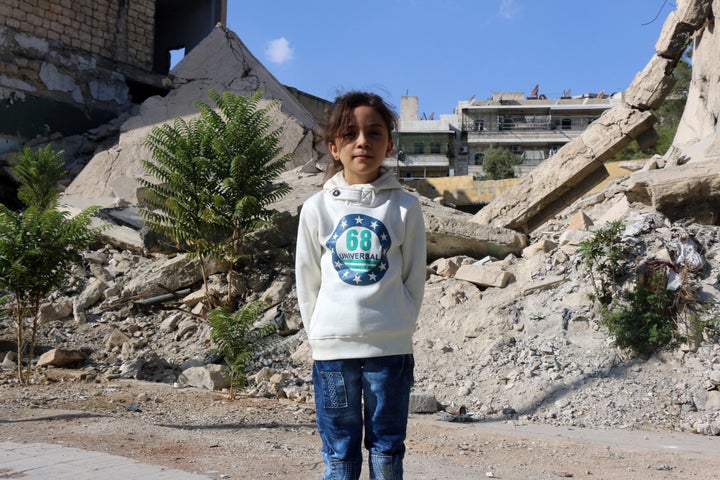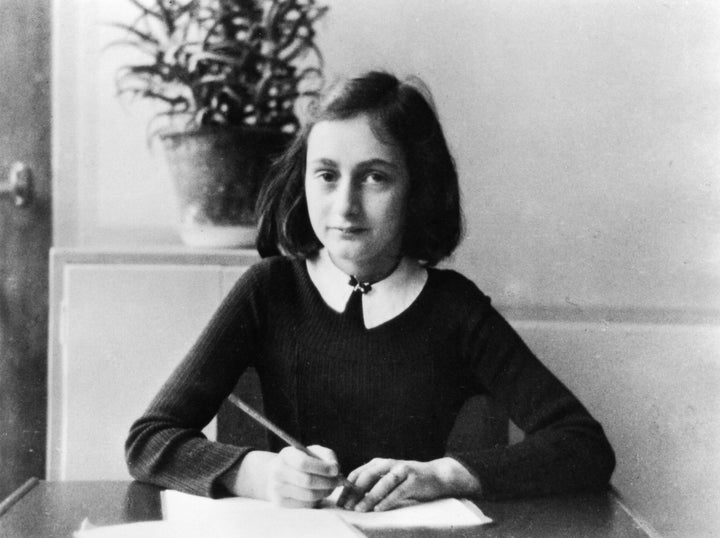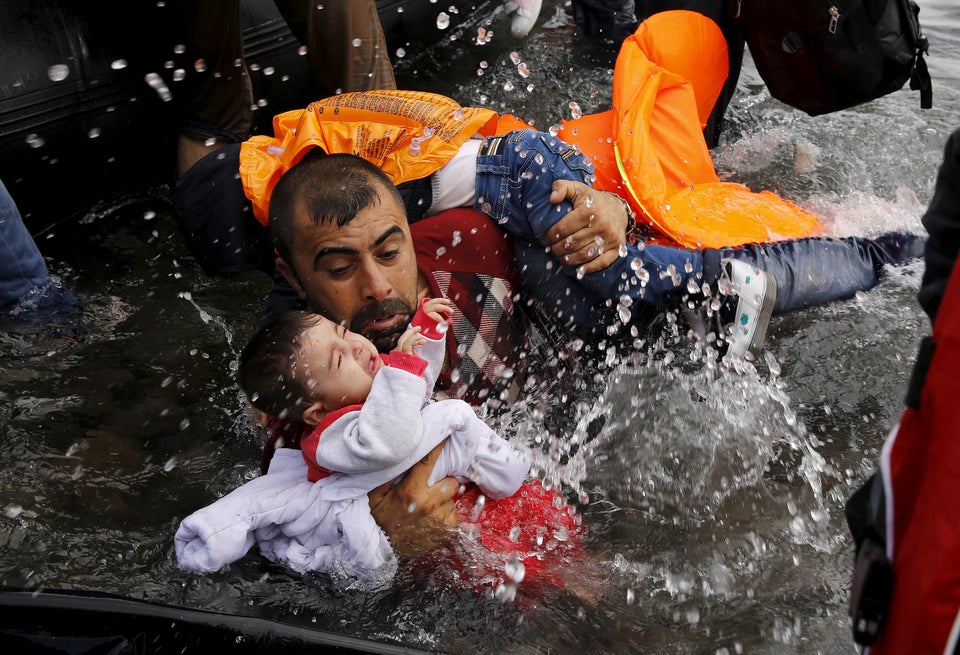
As the battle to control Aleppo approached its bloody climax this month, a 7-year-old, Harry Potter-loving Syrian girl told the world this could be her “last moment to either live or die.”
Tweeting from amid the chaos and destruction of the city’s eastern district, Bana al-Abed shared scenes of unimaginable violence interspersed with snippets of normal girlhood ― losing her baby teeth, tying her hair up with pink bows, reading picture books.
She became a symbol of her nation’s conflict, and, almost inevitably, was labeled the “Anne Frank of the Syrian civil war.”
Bana joins a literary legacy of girls offering personal testimony in times of war which dates back to World War II, when Anne Frank recorded her life from a “secret annex” in Nazi-occupied Amsterdam. In the early 1990s, Zlata Filipovic kept a diary during the siege of Sarajevo. Two decades later, Farah Baker described an Israeli attack on Gaza. Pakistani activist Malala Yousafzai called for girls’ education in a diary published by the BBC and survived being shot in the head by the Taliban in 2012.
The technology has evolved from the pen-and-paper diary of Anne Frank. Bana shares her thoughts in the form of 140-character tweets, aided by her mother Fatemah, a 26-year-old English teacher.
But the famous voices of global conflicts ― the ones that show us the reality of war through a personal recording of daily events and observations ― remain those of young women. Why is that?

For one, young women may be more likely to record these events. Keeping a diary has long been a predominantly adolescent, female phenomenon ― a sort of meaning-making tool for the process of coming of age. We can see this very clearly in Anne’s diary, which moves between her fears about the future and typical teenage-girl concerns like getting her period and fighting with her mother.
But some scholars and psychologists look further, pointing to both the status of girls in society and our desire to put a face on large-scale conflicts as possible reasons for this emerging literary tradition.
The Anne Frank Effect
In researching his book on Anne’s legacy, Jewish studies scholar Jeffrey Shandler was surprised to find how many others have been compared to her.
“Anne is a paradigmatic figure in a lot of ways,” said Shandler, a professor at Rutgers University and co-editor of Anne Frank Unbound: Media, Imagination, Memory. “One of them is being a young woman who is caught up in a conflict ― a war, a genocide, some other human conflict.”
But in the midst of unimaginable suffering, Anne remains relatable to her readers. Novelist Francine Prose argued in Foreign Policy last year that Anne became the “every girl” whose relatability allowed generations of readers to put themselves in her shoes.
For Anne and her successors, this “every girl” quality mixes with the specific vulnerability of being both young and female ― which, in turn, triggers more of an emotional reaction among the public.
“Young women are the least powerful members of a society, and therefore we also think of them in a conflict as the most innocent victims,” Shandler said.
There’s a good chance that the media also promote these stories above other testimonies precisely because of that emotional appeal. We can see ourselves ― and imagine our own helplessness ― in these girls.
The Power of a Single Voice
Learning about war in terms of lived experiences, as opposed to statistics and political strategies, can help people to become more engaged in events that might otherwise feel distant to them, according to media psychologist Dr. Sharon Coen of the University of Salford.
“We find it easier to learn and understand from ― and be persuaded by ― stories,” Coen explained. “Moreover, we are capable of establishing relationships with the characters which feature in the stories.”
These “parasocial” relationships can feel very similar to real-life relationships, according to Coen. Children to this day write letters to Anne Frank as if she were a close friend.
“We can love or admire, or also despise, a person or character we read about in a book or a movie or even on news,” Coen said. “So I guess people find these young women particularly relatable, and I suspect mainstream media do too, thus promoting these stories above others.”
It’s also natural to focus on a single person to represent the struggles of many, especially when those people are far away from us. Thanks to “statistical numbness,” we find it easier to care about the problems of one individual than the problems of the faceless crowd. Research has found, for example, that people would rather donate $11 to save one child than $5 to save eight.
“These accounts facilitate what in social psychology is called perspective taking, that is, the ability to ‘walk a mile in another’s moccasins,’” Coen said. “This works especially for raising awareness of issues experienced by those who have less power in society.”
Yet another element may be the strength we can see these girls develop through their writing. These usually ignored individuals “find a voice,” Shandler said.
By sharing their unique voices, they gain their own position of power. And with the diversity of those voices in mind, Prose warned against submerging all female diarists under the label of “another Anne Frank.”
“Perhaps there should be a permanent moratorium on yet another girl being referred to as the Anne Frank of this hellhole or that,” she wrote. “Young women under threat are not interchangeable. To treat them as such is degrading, not just to Anne Frank, but also to the other young writers with their own incomparable stories to tell.”
Bana, at least for now, will live to tell more stories. She and her family were evacuated from Aleppo on Sunday.
